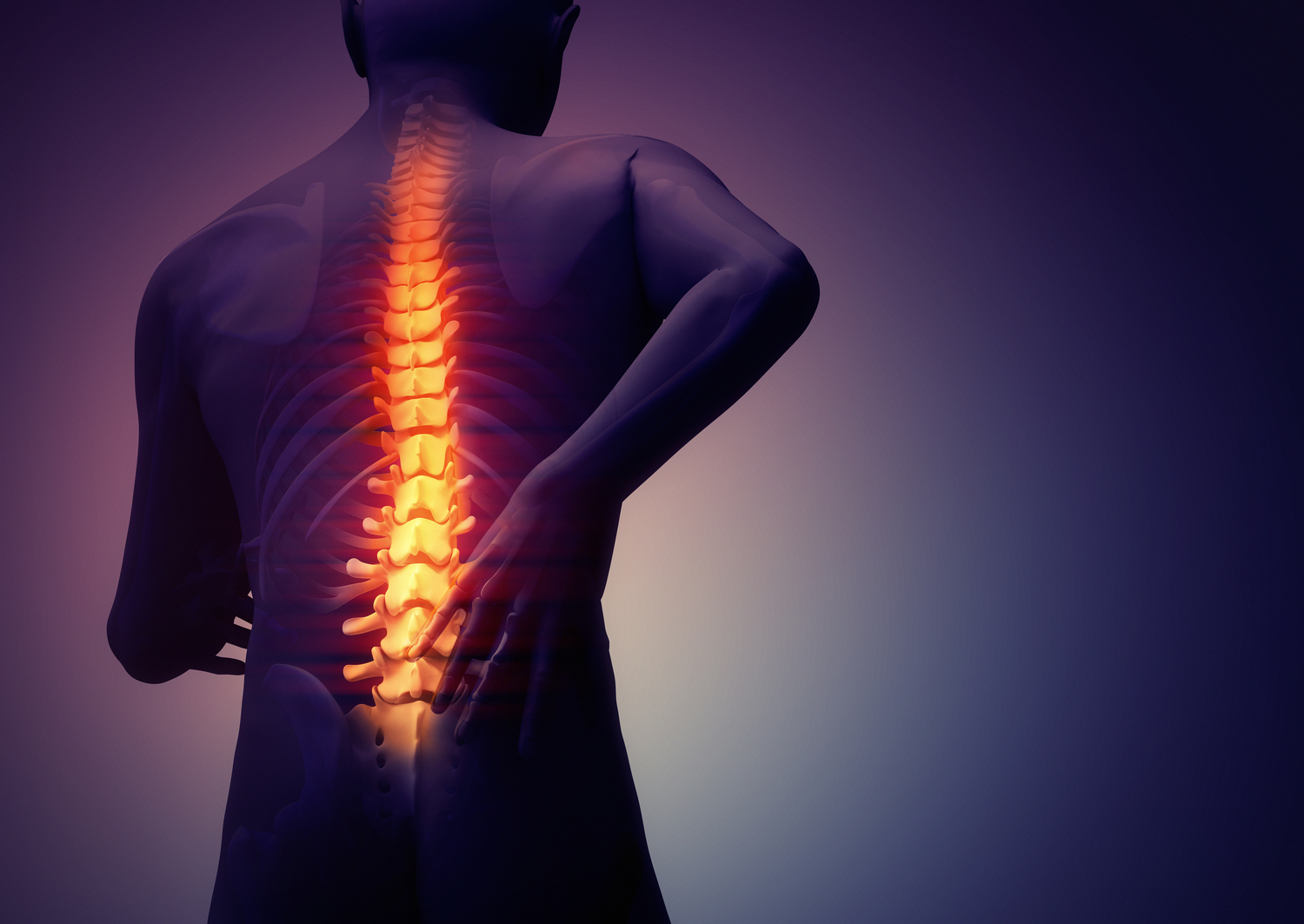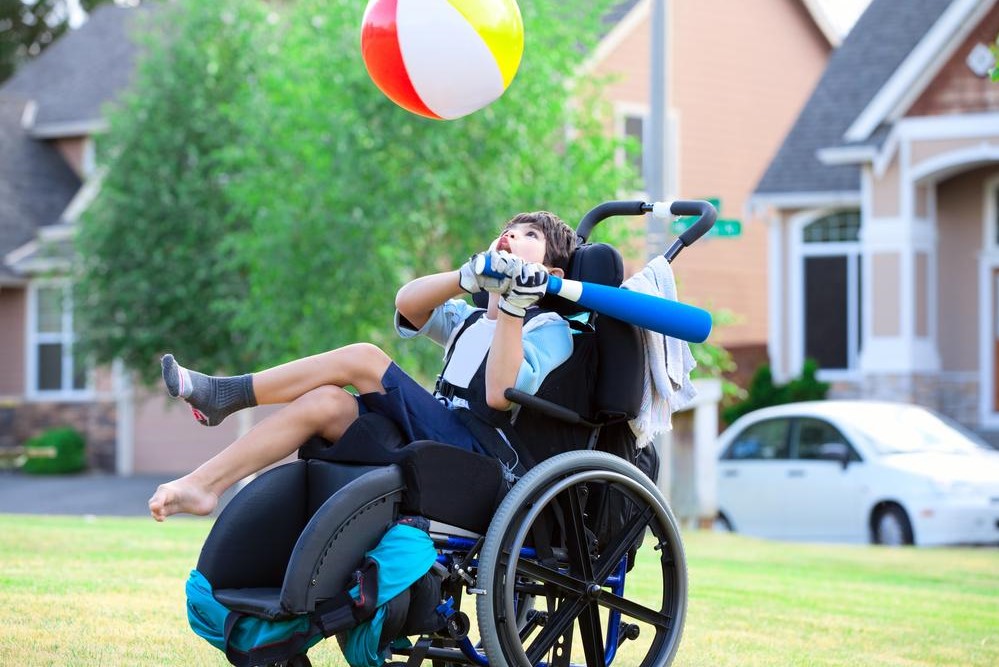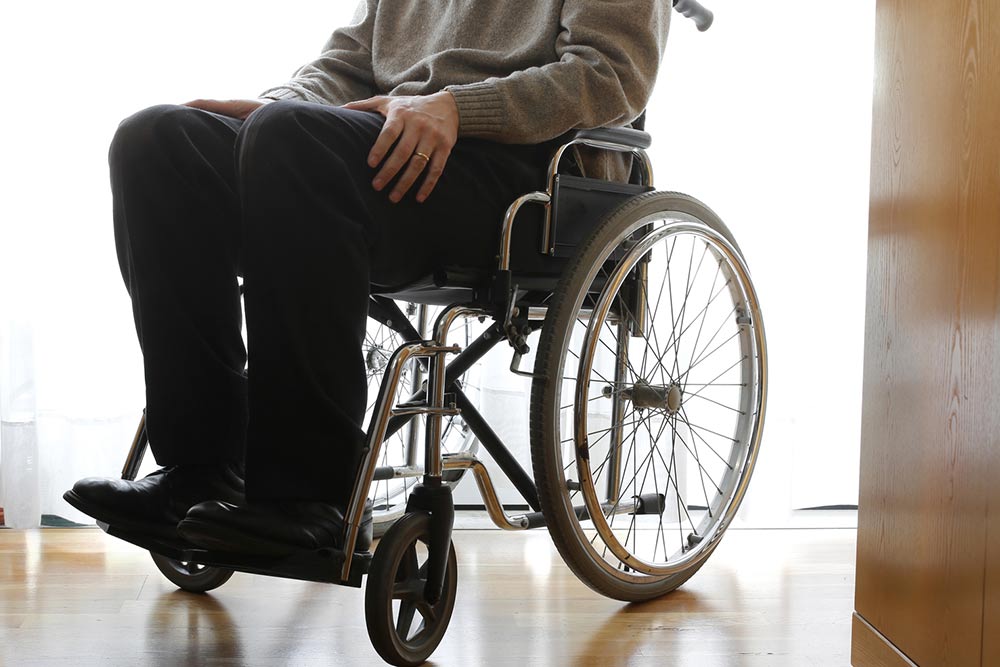Understanding Spinal Muscular Atrophy: Causes, Diagnosis, and Treatments
This article offers a comprehensive overview of spinal muscular atrophy, including its causes, diagnostic procedures, treatment options like Spinraza, and important precautions. It emphasizes the importance of early diagnosis and multidisciplinary care in managing SMA effectively. Whether you're a caregiver or patient, understanding these key aspects can help in making informed healthcare decisions. The article also highlights potential side effects and how Spinraza works to improve muscle function, ensuring a clear understanding of this neurological condition.

Understanding Spinal Muscular Atrophy: Causes, Diagnosis, and Treatments
Overview of Spinal Muscular Atrophy
Spinal muscular atrophy (SMA) is a genetic disorder affecting infants and children, leading to muscle weakness and mobility issues. It results from the degeneration of nerve cells in the spinal cord and brainstem, disrupting nerve signals to muscles. Children with SMA often struggle with head control, sitting unsupported, and walking. Early diagnosis is crucial for managing the condition effectively.
Diagnostic Tests for SMA
Doctors may start diagnosis with a physical examination and medical history review. To confirm SMA, they might recommend several tests:
Nerve conduction studies – These assess how well nerves transmit signals by attaching small electrodes to the skin.
Imaging techniques – CT scans provide detailed internal images, while X-rays reveal organ and skeletal structures.
Muscle biopsy – A small tissue sample from muscles helps identify muscle degeneration.
Treatment Approaches Involving Spinraza
Spinraza (nusinersen) is a prominent medication used to treat SMA. Beyond medication, comprehensive care involves supporting daily functions through various treatments:
Children with SMA types 1 and 2 may experience breathing difficulties, sometimes requiring ventilator support.
Weak oral and throat muscles may necessitate feeding tubes to ensure proper nutrition.
Physical and occupational therapy strengthen muscles and improve mobility.
Assistive devices, like communication aids and writing tools, support daily activities.
Back braces can offer spinal support and posture correction.
Potential Side Effects of Spinraza
Seek immediate medical help if allergic reactions such as hives, breathing issues, or swelling occur.
Watch for symptoms like unexpected bleeding, chest pain, skin rashes, kidney problems, or abnormal development in children.
Common mild side effects include headaches, back pain, nausea, vomiting, and cold-like symptoms.
Precautions Before Using Spinraza
Check for allergies prior to starting treatment.
Discuss kidney health with your doctor, especially if you have kidney issues.
Pregnant or breastfeeding women should consult their healthcare provider, as safety is not fully established.
How Spinraza Works
Spinraza is an antisense oligonucleotide designed to modify gene expression.
It targets the faulty SMN1 gene mutation responsible for SMA, promoting production of functional SMN protein.
Administered via injections into the cerebrospinal fluid around the spinal cord, it enhances nerve and muscle function.
Interactions with Other Medications
Vitamins, herbal supplements, and other drugs may influence Spinraza's effectiveness.
Always consult your doctor before adding or stopping any medications.
Always follow medical advice and prescribed guidelines when managing SMA treatments.










